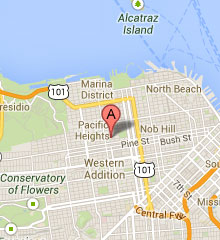The average period occurs every 28 days, lasting anywhere between four and seven days. However, for some women, the time between periods may be a few days to a week longer, and the duration of their period may be a few days longer or shorter.
It’s important to note that menstruation varies from woman to woman, but when bleeding occurs in between the (roughly) 28-day cycle, it is referred to as spotting and may indicate an ongoing issue.
Spotting can be light and may appear as a faint pink stain when using the bathroom, or it can be a bit heavier like a light period. There are a few reasons why women may experience spotting between periods, and PGOMG has explained the top three below.
- A change in contraception
If you recently started or finished a certain form of contraception, then you may experience spotting. This is likely due to your body adjusting to the new birth control or lack thereof in your system. Spotting due to changes in birth control usually resolves itself in the period or two after the change in birth control occurred. Should spotting persist, contact your PGOMG provider to discuss your symptoms.
- You may be pregnant
Spotting is common during the first trimester of pregnancy. If you believe you might be pregnant, take an at-home pregnancy test and confirm the results of the test with a specialist at PGOMG. If you are pregnant, it is important to discuss spotting with your provider, as he or she can determine if the spotting is normal or an underlying condition.
- You might be ovulating
Ovulation occurs when an egg is released from one of your ovaries. Ovulation is not the same as menstruation, when your uterus sheds its lining and you experience PMS symptoms. Women who track their ovulation in coordination with the menstrual cycle may notice spotting the day or two after ovulation.
Some women also experience spotting as they transition into menopause. If you experience spotting frequently in between periods, or you believe your spotting is “heavy,” please contact PGOMG to discuss your symptoms.


